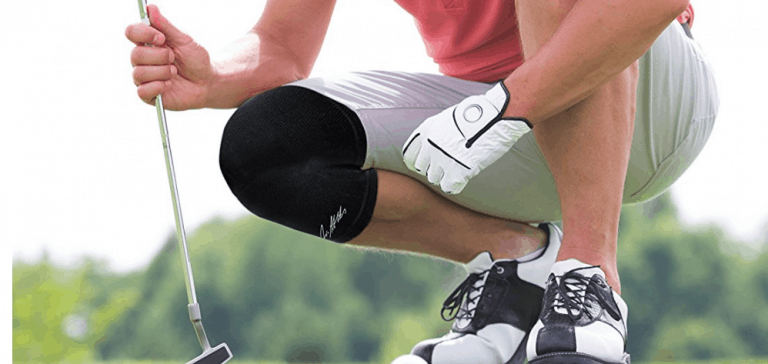With over 1 million orders

Tips to Prevent Knee Injuries
When it comes to joint health, it’s all fun and games until your knees start to feel the wear and tear of physical activity—especially if you’re a sport’s enthusiast.
You see, your joints will deteriorate as you age. And the activities that you used to enjoy in your youth, even ones that you do in the interest of keeping yourself fit and healthy, may actually lead to injury.
To prevent this, keep the following sports and exercise tips in mind:
1. Know your limits
It’s hard to put a cap on what you can and cannot do if you’ve lived a very active lifestyle where you constantly push yourself. But when it comes to your joints, you have to listen to what your body tells you. You have to know when to stop and when to take it easy, or use assistive tools like knee supports, especially if you have arthritis, so that you don’t end up pulling or straining your muscles or damaging your joints.
2. Keep yourself hydrated
Dehydration can affect your overall health and your performance during any physical activity. Keeping yourself hydrated ensures that you are able to fuel your muscles properly during strenuous activity and boost your energy level.
3. Eat right
Like a lot of things about maintaining a healthy lifestyle, diet plays a critical role. What you eat before, during and after exercise will play into how well you perform and how quickly you recover.
The goal obviously is to eat a balanced and nutritious diet. But make sure to add good carbohydrates to your meal as this becomes your key energy source during exercise.
4. Use correct equipment
This doesn’t pertain to the exercise tools that you will be using, but also the kind of protective equipment you should be wearing. Some of the most common options are knee braces, knee sleeves, knee straps, or knee supports, that are designed to protect your knee joints, which happen to be the most vulnerable during strenuous physical activity.
Because these knee supports are designed specifically for arthritis, you have to ensure that it fits correctly in order for it to work. When in doubt, speak to your physician. Ask if you need specific knee support for arthritis or knee supports for ligament injuries; are there any available knee brace support for women or knee support specifically designed for men? Finally, make sure that you purchase your knee supports and knee sleeves from a reliable brand who can guide you in terms of fit and style.
5. Take it easy
The efficacy of exercise is dependent not just on how hard you push yourself, but also on factors like recovery. Cooling down is a critical part of any training regimen that boosts performance and lowers risk of injury. This typically involves light activity like stretching that helps improve flexibility and protects your joints.
If necessary, especially if you’re suffering from chronic joint pain or recovering from an injury, using knee support, knee straps, or knee sleeves are especially helpful. Combine these guidelines with regular joint exercises specifically designed for your knee.
